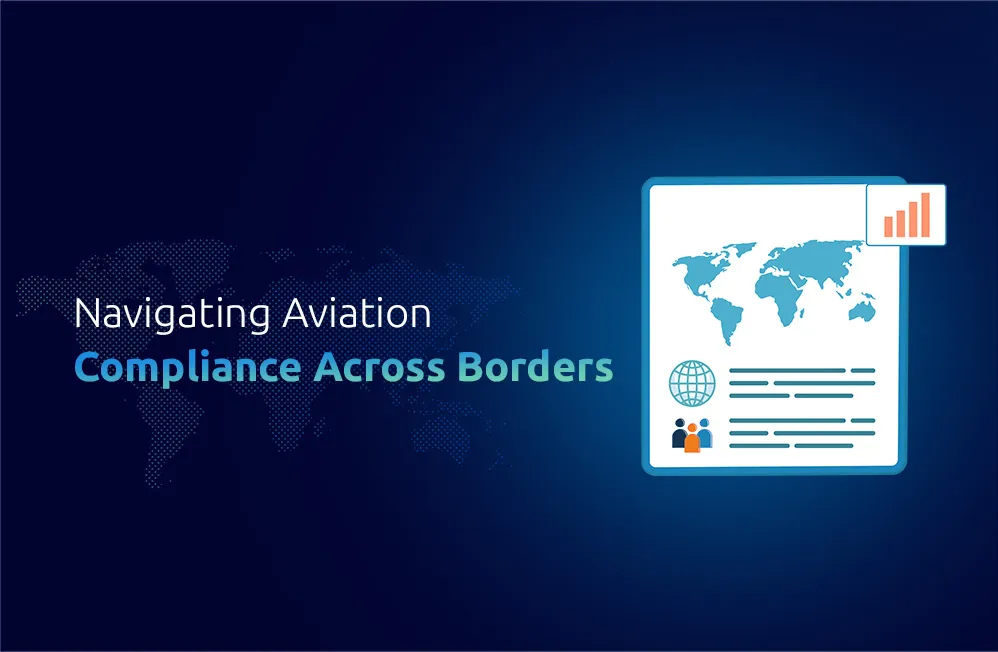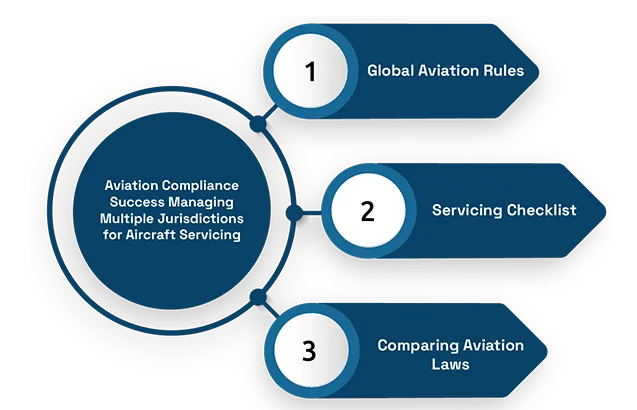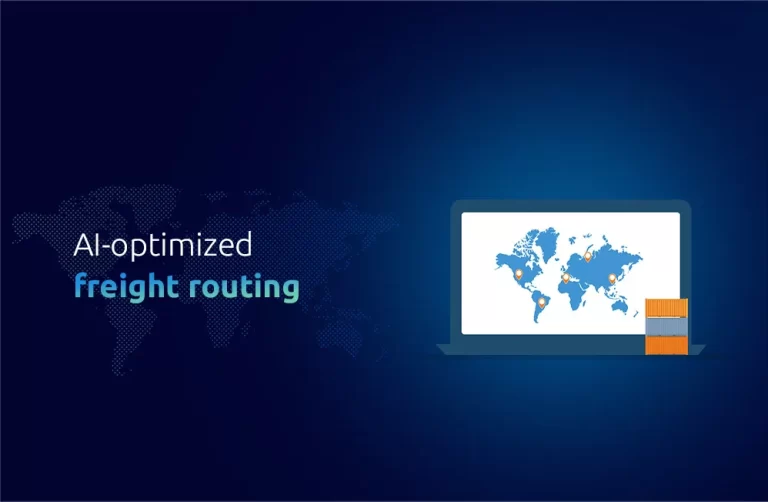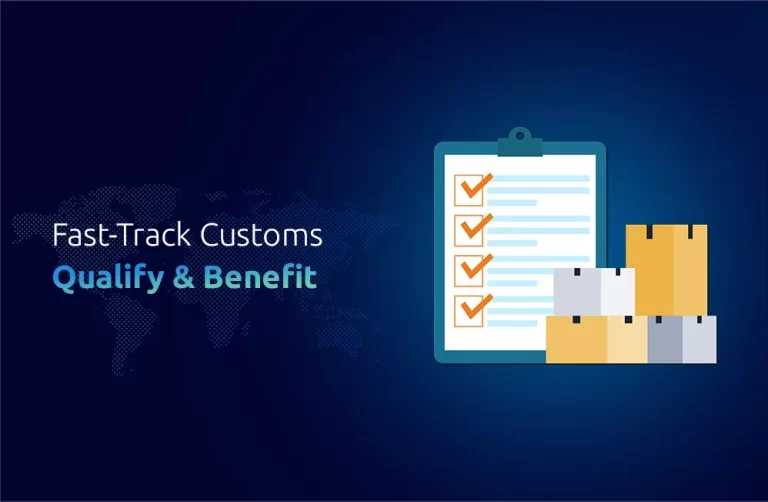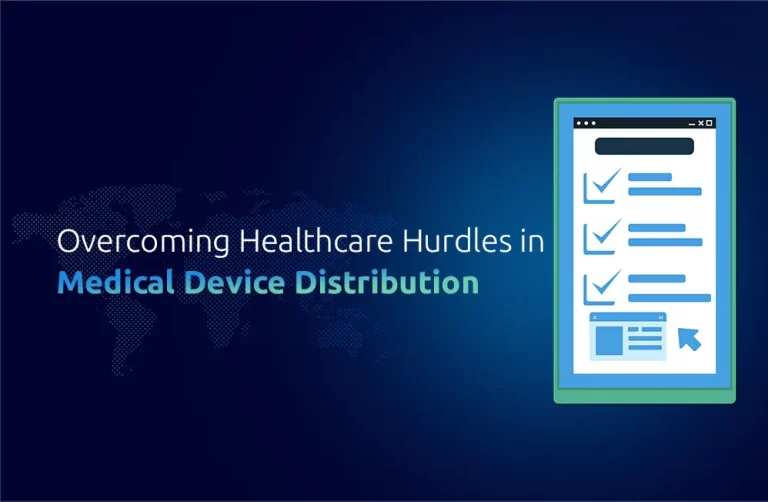Understanding the Complex Landscape of Aviation Compliance Across Jurisdictions
When aviation is serviced in several locations, it becomes more difficult to comply. Every nation decides what kinds of documents, inspections, certifications, and safety rules to use. Standards divulged in one part of the world can be different in another. This fragmented legal landscape forces servicing companies to adopt systems that are both adaptable and consistent.
The laws in different countries can change quickly. Minor differences in reporting, certifications, or part traceability may result in aircraft not being allowed for service or flight. Learning about these details & adjusting the company’s systems to meet the toughest rules is the foundation of compliance.
The Importance of Staying Updated on International Aviation Regulations
Authorities in aviation regularly adopt new rules to deal with technological advances, higher safety requirements, and shifts in political events. Businesses must be very careful to keep compliance going even as things change. Overlooking a deadline for submitting papers or not complying with a new rule may cause disruptions and lead to penalties.
Staying updated is not just about monitoring changes. It involves interpreting their practical application across jurisdictions and determining how they impact maintenance protocols. Businesses that proactively respond to these shifts operate with less risk and greater control over their servicing schedules.
Strategies for Navigating Multiple Regulatory Frameworks in Aircraft Servicing
Managing compliance across multiple regions requires a layered strategy. Organizations benefit from a centralized compliance framework with localized adaptations. Core standards, like safety audits and inventory tracking, are universal, while region-specific additions address jurisdictional exceptions.
This approach reduces the chances of non-compliance due to inconsistent procedures. By working with regulatory specialists and integrating cross-jurisdictional audit support, companies ensure a smoother flow of operations. Many businesses also depend on IOR/EOR service partners to manage import/export regulations, filings, and trade documentation, eliminating the need for local entity establishment in every market.
Cultivating a Culture of Compliance Within Your Aviation Organization
Sustainable compliance is built on internal culture. Companies that embed compliance into every function—from procurement to inspections—are more agile in high-risk environments. Every department should be aware of its role in achieving and maintaining regulatory alignment.
Developing this culture involves regular training, access to real-time updates, and empowerment of staff to report risks without delay. Building compliance habits at all operational levels reduces over-reliance on a single team and distributes accountability across departments. It also improves audit preparedness and supports proactive issue resolution.
The Role of Technology in Streamlining Compliance Management Across Borders
Modern technology solutions transform how companies manage compliance across jurisdictions. Cloud-based tools centralize data, offering transparency to both global teams and external auditors. Compliance platforms can track regulatory deadlines, automate record-keeping, and manage updates from aviation authorities worldwide.
These systems reduce the likelihood of missing changes and improve overall response time. Real-time dashboards and automated alerts assist in regulatory planning. Integration with ERP and logistics software ensures data accuracy, facilitating seamless transitions between service sites. With digital tools, companies gain the agility needed to operate in fast-changing regulatory environments.
Case Studies: Successful Navigation of Multi-Jurisdictional Compliance Challenges
A company operating across the Middle East and Europe encountered discrepancies in airworthiness documentation. Each region required different reporting structures. By introducing a centralized compliance dashboard and local audit mapping, the company aligned its servicing standards across borders. Within six months, they cut regulatory delay time by 60%.
Another business expanded into Africa, where customs laws and servicing certifications varied drastically. They partnered with an IOR/EOR firm to handle all import-related compliance and adopted digital tools to track maintenance logs across facilities. The result was faster servicing cycles and fewer discrepancies flagged by inspectors.
Conclusion
Managing aircraft servicing compliance across jurisdictions requires precision, strategy, and continuous adaptation. Businesses that integrate technology, align their teams, and rely on expert partners avoid disruption and operate with greater control. We at One Union Solutions support organizations through IOR/EOR services that ensure compliance is met globally, seamlessly, and securely.
Did You Know?
According to India’s DGCA, over 65% of aircraft servicing compliance failures in 2023 were due to inconsistent documentation submitted across different regional offices. The Ministry of Civil Aviation reported that companies adopting centralized digital platforms experienced a 42% improvement in audit success rates.
FAQs
1. What is the biggest challenge in multi-jurisdictional compliance?
Inconsistent regulations and varying documentation requirements make it difficult to apply one universal standard across regions.
2. How can I track regulatory changes in every jurisdiction?
Using digital compliance tools with update alerts and subscribing to aviation authority bulletins helps maintain visibility.
3. Why do businesses partner with IOR/EOR providers?
To navigate import/export laws, handle tax filings, and ensure document accuracy without maintaining a local entity.
4. What role does staff training play in compliance?
Well-trained teams prevent errors in documentation, reduce inspection failures, and maintain regulatory alignment in daily operations.
5. Can compliance software integrate with existing logistics systems?
Yes. Most modern platforms are built to connect with ERP and asset tracking systems to streamline workflows and improve audit readiness.

